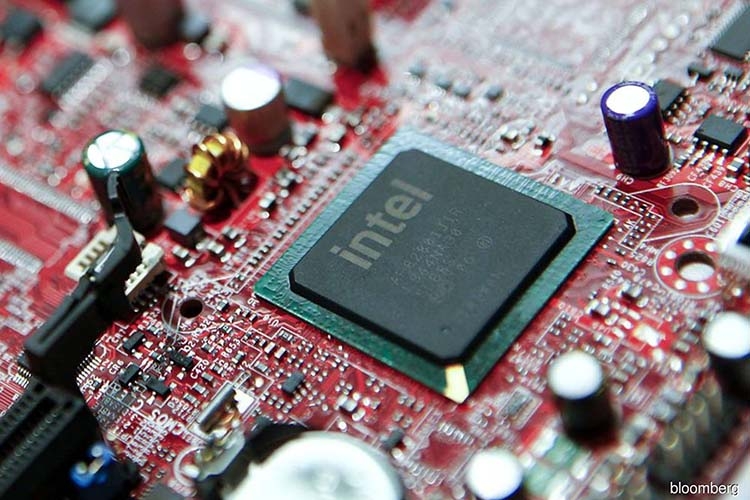Published: 01:02 AM, 24 October 2020
Intel tumbles on data center sales decline, tepid forecast

Intel Corp. shares slumped after a surprise drop in data center sales and a tepid forecast added to concern that the company is losing its lead in computer chips.The data center business, a major source of Intel profit, suffered a 10% decline in third-quarter revenue compared with a year earlier after a weak economy hurt sales to large companies and government customers. Sales to cloud computing providers will slow in the current period, Intel said.
Falling prices and narrowing profit margins reinforced concern that Intel is losing its lead in chip manufacturing technology, exposing the company to the strongest competition it has faced in more than a decade.During a conference call, Chief Executive Officer Bob Swan said he's still deciding how much production to outsource. Executives also said the Covid-19 pandemic increased demand for cheaper chips and predicted those headwinds will pass.
Cody Acree, an analyst at Loop Capital Markets, said he didn't accept Intel's use of the pandemic as a reason for the quarterly revenue decline, citing a boost in demand for PCs during the past few months that wouldn't have occurred otherwise. "I didn't hear any answers to the biggest questions," Acree said. Intel's stock fell about 10% in extended trading.
The company projected that fourth-quarter sales will decline at their worse rate in more than a decade. Gross margin, a key indicator of profitability, will end 2020 below 60% for the first time in seven years, according to Intel's forecast.Intel experienced a very different third quarter compared with its expectations entering the period, Chief Financial Officer George Davis said. "We saw a big change in our data center demand profile with enterprise and government dropping 47% year over year after being up 30% for two consecutive quarters."
Average selling prices for Intel's data center chips dropped 15% from a year earlier, suggesting competition is rising in a lucrative market that the company has long dominated. Intel is in the midst of its worst crisis in at least a decade. The company has been the largest chipmaker for most of the past 30 years by combining the best designs with cutting-edge factories. Most other U.S. chip companies shut or sold plants and tapped other firms to make the components.
Intel held out, arguing that doing both improved each side of its operation and created better semiconductors. That strategy is being questioned now.Revenue in the current period will be about $17.4 billion, the Santa Clara, California-based company said Thursday in a statement. That was in line with the average analyst prediction, but would mean sales drop 14% from a year ago.
Read more: Intel 'Stunning Failure' Heralds End of Era for U.S. Chip SectorThe results put more pressure Swan. If Thursday's after-hours stock slump carries into Friday trading, the company's last two quarterly results will have wiped out more than a fifth of its market value. Before the latest report, the stock had lost about 10% this year compared with a 28% gain for the Philadelphia Stock Exchange Semiconductor Index.
In July, the CEO announced delays Intel's 7-nanometer chip-production process. Its predecessor, 10 nanometer, is only now becoming mainstream after being initially promised for 2017. Production techniques play a crucial role in the performance of processors and what it costs to make them. Intel had led the $400-billion chip industry in this area for three decades. Now rivals such as Advanced Micro Devices Inc. can get products made with more advanced techniques by Taiwan Semiconductor Manufacturing Co.
Swan is trying win back investor confidence by selling businesses, replacing some technology leaders and trying to push Intel's current products into new markets. The CEO and his finance chief maintained that Intel is not facing any more competition than had been expected and will regain share in some markets.
They told analysts on the conference call that they will decide early next year whether to push forward with in-house 7-nanometer chip production or outsource it. Swan said it will probably be a mixture of the two. Economics, timing and the performance of chips will determine their decision, the executives said.Third-quarter profit, excluding some items, was $1.11 a share and sales came in at $18.3 billion, down 4% from a year earlier. Analysts were looking for $1.10 a share on revenue of $18.2 billion.
---Bloomberg




